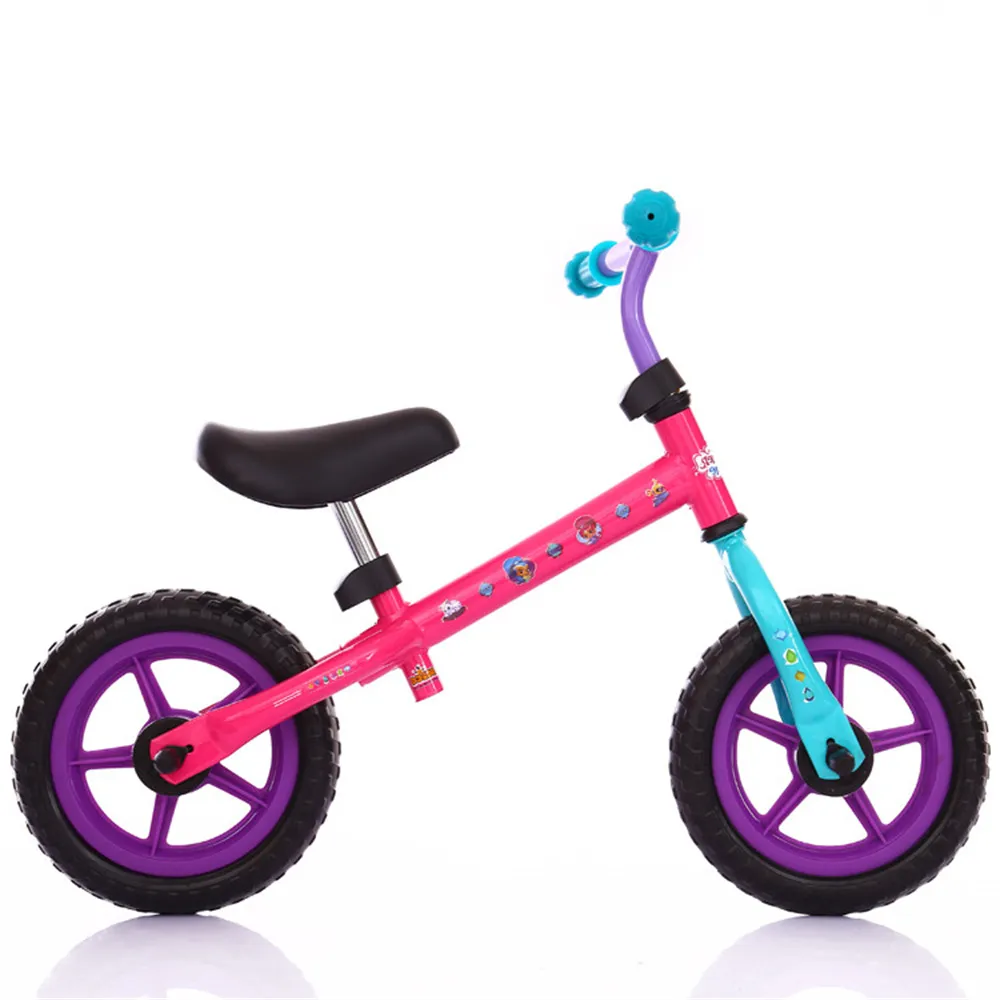how to teach kid to ride balance bike
How to Teach Kids to Ride a Balance Bike A Comprehensive Guide
Teaching kids to ride a balance bike can be an exciting and rewarding experience. Balance bikes are designed to help young children develop their balance, coordination, and confidence before transitioning to traditional pedal bikes. Here’s a step-by-step guide to ensure that your child not only learns to ride effectively but also has a great time doing it!
Understanding Balance Bikes
A balance bike is a simple two-wheeled bicycle without pedals. Children propel themselves by pushing off the ground with their feet, allowing them to focus on balance and steering. The absence of pedals means kids can concentrate on the essential skills needed for riding a bike without the intimidation of pedaling.
Choosing the Right Balance Bike
Before you begin teaching, it's crucial to select an appropriate balance bike. Here are some tips
1. Size Ensure the bike fits your child. They should be able to touch the ground with their feet while seated. This gives them the confidence to push off and stop whenever they wish. 2. Weight Choose a lightweight bike that your child can easily handle. A heavy bike can be discouraging and difficult to maneuver.
3. Adjustability Look for a bike with seat height adjustment options. As your child grows, you’ll want a bike that can grow with them.
Preparing to Teach
1. Find a Safe Location Look for flat, open spaces like parks, playgrounds, or empty parking lots where your child can practice without obstacles or traffic.
2. Gear Up Safety is paramount. Ensure your child wears a helmet and consider elbow and knee pads to protect against falls.
3. Get Excited Talk to your child about balance biking, explaining that it’s fun and encourages independence. Create enthusiasm!
how to teach kid to ride balance bike

Teaching the Basics
1. Start with Walking Encourage your child to walk while straddling the bike. They should initially sit on the seat and use their feet to walk the bike forward. This helps them get comfortable with the bike’s weight and steering.
2. Pushing Off Once your child feels comfortable, show them how to push off the ground with their feet to start gliding. Encourage them to lift their feet slightly off the ground when they push off, gradually increasing their distance as they become more confident.
3. Practice Steering Teach your child to steer the bike by turning the handlebars. Set up cones or markers for them to navigate around to practice their steering skills.
4. Encouraging Balance As your child becomes more adept at gliding, encourage them to lift their feet off the ground for longer periods. Remind them to relax and look ahead, not down at the ground.
Gradual Progression
1. Lift Off Once your child has mastered gliding with their feet up, they are nearly ready for a traditional bike. Encourage them to go faster by pushing harder and then lifting their feet.
2. Braking Introduce the concept of stopping. Explain how to slow down by using their feet to drag on the ground or by steering into a gentle incline to come to a stop safely.
3. Transition to Pedaling Once your child is comfortable balancing and steering, it's time to introduce a pedal bike. The skills they’ve developed on the balance bike will make this transition smoother.
Conclusion
Teaching your child to ride a balance bike is not only about teaching them a new skill but also about creating lasting memories. Be patient and encourage them through the process. Every child learns at their own pace, and celebrating small victories will build their confidence. With the right approach, balance biking can be a joyful gateway to the world of cycling, opening doors to adventure and independence for your little one. Enjoy the ride!
-
Unleash Your Adventurous Spirit with All Mountain BikesNewsOct.31,2024
-
The Perfect Ride for Your Little Ones: Kids TricyclesNewsOct.31,2024
-
The Joy of Riding: Quality Kids Mountain BikesNewsOct.31,2024
-
The Excitement of Kids Scooters – Choose Your Adventure!NewsOct.31,2024
-
Kids' Bikes: Find the Perfect Ride for Your Little OnesNewsOct.31,2024
-
Experience the Fun of Swing CarsNewsOct.31,2024
-
Why a Giant Bike for Kids is a Top ChoiceNewsOct.24,2024








